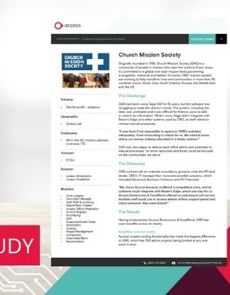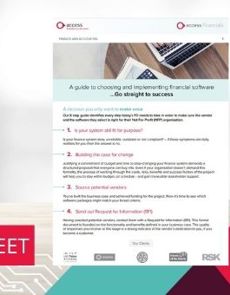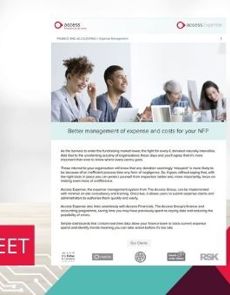The top 5 problems with manual expenses in the Not For Profit sector
Keeping a tight rein on expenses is a top priority for all NFP organisations. Here are 5 pain points that every NFP has when it comes to dealing with expenses.
Keeping a tight rein on expenses is a top priority for all Not For Profit (NFP) organisations. After all, accountability is a core concern. But it doesn’t stop there. With organisations relying on volunteers, submitting and paying expenses in a timely fashion is essential to keep finances on track and to see exactly what has been spent. However, many organisations rely on manual expense processes and often that’s where problems start. Here are five pain points that every NFP has when it comes to dealing with expenses:
1. Lack of visibility on spend against income
It’s difficult to know how income from, for example, grants and donations has been spent. Expenses might not be submitted straightaway; it also takes time for the information to filter through so that budget holders can get a clear picture of their project or event’s financial status. This delay could lead managers to believe that they have more money left than there is in reality, which ultimately could mean going over budget.
2. Can’t meet internal and external reporting requirements
From budget holders and trustees to external funders and benefactors, manual expense processes make it very difficult to meet reporting requirements. From knowing how much money is left in the pot to providing proof that funds are being spent wisely, not being able to provide a clear picture, in real-time, makes it difficult to assess the true success of any project or event. And this makes it difficult to feedback to funders.
3. Difficulty in meeting policy requirements
Are staff and volunteers adhering to the organisation’s expense policy? With manual expense management, it can be very difficult to ensure that this is the case. Is there an upper limit on certain expenses? Are there certain expense types that need authorisation? What are the travel policies? Trying to make sure that everyone is expensing correctly is a task in itself. The finance team can’t tell until someone has submitted their expense claim. This, in turn, makes it difficult for the finance team to implement a fair and consistent policy.
4. Doesn’t support decentralised workforces including volunteers
Many organisations have staff and volunteers that aren’t based in a single office, making it more difficult to submit manual expense forms for approval and payment. This means expense forms could be delayed or get mislaid. Quite simply, manual expense processes eat into valuable time for everyone – from staff or volunteer member to approver and the finance team. When expense forms are received, they’re often rekeyed into the system, making them prone to further mistakes. It ultimately means that volunteers and staff possibly don’t get paid as fast as they should do.
5. Poor controls leave organisations open to expense abuse
Manual expense processes lack a robust framework that safeguards the Not For Profit from expense abuse. From exaggerated expense mileage to non-existent or inappropriate expenses, these all reduce funds for the cause. Whilst most people in the sector would never dream of submitting false expense claims, it’s still something that the not-for-profit should monitor if only to show diligence and accountability for the funds that have been entrusted to them.

See the bigger picture with Access Financials
Explore resources
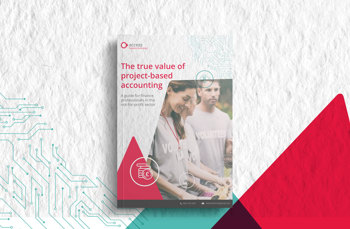
Increase control and oversight on your accounting projects
A guide for finance professionals in the Not For Profit sector looking to understand the principles of project-based accounting and the benefits for NFP finance teams – a must-read to increase control and oversight on your projects.
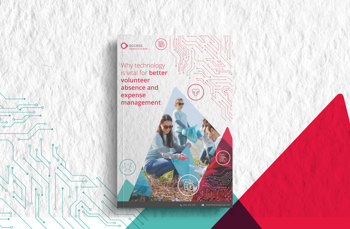
Why technology is vital for better volunteer absence and expense management
This guide explains how technology holds the key to helping organisations to manage volunteer absence and expenses more efficiently.

Charity finance management solutions for Not For Profit organisations
Watch this video for a short overview of Access Financials, our cloud-based financial management system designed with the specific challenges of Not For Profit charities in mind.
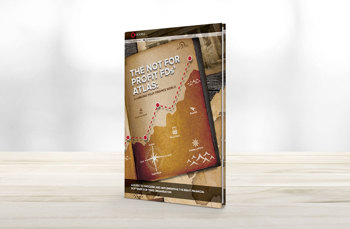
8 steps to follow when reviewing your finance software
A guide to choosing and implementing the right financial software for your organisation.



